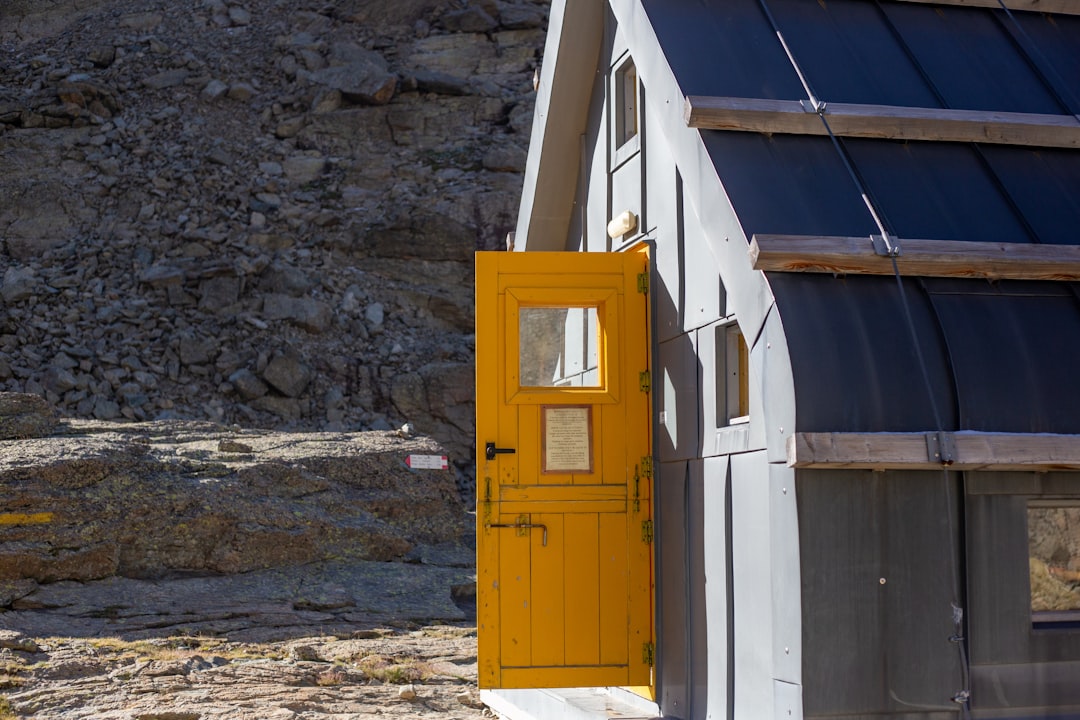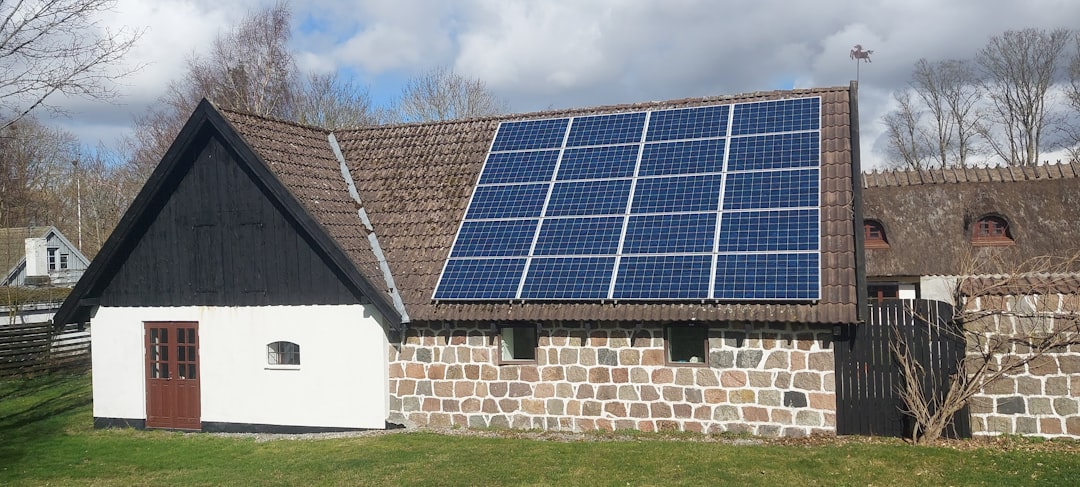Need power on the go? Whether you’re camping in the woods, hosting an outdoor movie night, or prepping for a blackout, a portable power station can save the day. But how do you choose the right size? Don’t worry. We’re here to make it simple, fun, and easy!
What is a Portable Power Station?
Think of it as a big, rechargeable battery that can power your gadgets. Some are small enough to fit in a backpack. Others are beefy enough to run a fridge.
Most power stations can charge:
- Phones
- Laptops
- Mini-fridges
- Fans
- CPAP machines
- And even TVs
But they’re not all created equal. You need the right size for your needs. Let’s figure that out!
Understand Watt-Hours (Wh)
When you shop for a power station, you’ll see a number with a “Wh” at the end. That stands for watt-hours.
It tells you how much energy the power station can store.
Example: A 500Wh power station can run a 50W device for about 10 hours (500 ÷ 50 = 10).
Easy math, right? Just divide the power station’s Wh by the device’s watts.
3 Steps to Size Your Power Station
Follow this simple 3-step plan:
Step 1: List What You Need to Power
Jot down all the devices you’ll use. For each one, note the number of watts it uses.
Some common devices and their approximate wattage:
- Phone charger: 5W–10W
- Laptop: 50W–100W
- Mini-fridge: 60W–100W
- TV: 100W–200W
- Electric grill: 800W–1500W

Step 2: Add Up the Watts
If you’re running multiple things at once, add all their wattages together. That total shows how much power you need at one time.
Example: Using a laptop (60W), phone charger (10W), and mini-fridge (80W) = 150W total.
Your power station must support at least 150W output continuously.
Step 3: Multiply for Time
Now ask, “How long will I power these things?”
Let’s say 5 hours. Then do:
150W x 5 hours = 750Wh
So you’ll need a power station that holds at least 750Wh.
Choose one a little larger to be safe.
Common Portable Power Station Sizes
Here’s a quick look at typical sizes and what they can power:
- 150Wh–300Wh: Great for phones, lights, or small camping gear.
- 500Wh–700Wh: Can power laptops, fans, CPAPs, or mini-fridges for a few hours.
- 1000Wh–1500Wh: Enough for short blackouts or weekend getaways with multiple devices.
- 2000Wh+: Can power big appliances like microwaves or refrigerators. Great for RVs or home backup.
Don’t Forget Peak Watts!
Some devices need extra power when they start up. That’s called surge watts or peak power.
For example, a mini-fridge might use 80W normally, but 150W for a second when it turns on.
Your power station must handle that short surge. Always check both:
- Continuous output watts (what it can supply non-stop)
- Peak output watts (burst of power it can handle for a few seconds)

Other Features to Think About
Besides size, check for helpful extras:
- USB-C ports: For charging modern phones and laptops
- AC outlets: For regular plugs
- Solar charging: Great for long trips off-grid
- LED lights: Handy in the dark
Bonus tip: Some models come with an app so you can monitor power levels with your phone!
Solar Panels: Yay or Nay?
Yes! Solar panels = endless power. If you’re off the grid, solar can keep your station going.
But solar charging is slow. A 100W panel might take 8–10 hours to fully charge a 1000Wh station.
So bring extra panels — or patience!
Pro Tips for Choosing the Right Size
- Make a list before you buy. Guessing leads to regrets.
- Go bigger if you can. You’ll always find more stuff to power.
- Look at runtime charts. Many brands show how long devices will last.
- Check reviews. Real users will tell you what works and what doesn’t.
So… What Size Should You Get?
Let’s make it super simple with this cheat sheet:
- Quick charge at the beach? A 150Wh–300Wh is perfect.
- Weekend camping? Go for 500Wh–1000Wh.
- RV or serious adventure? Aim for 1500Wh–2000Wh or more.
- Home backup (fridge, lights, Wi-Fi)? Get 2000Wh+ and consider solar panels.
Final Thoughts
Portable power is awesome. But only if you get the right size. Don’t let your battery quit on you halfway through your trip or movie night!
Plan ahead. Do the math. Choose wisely.
Remember: too small and you’re frustrated; too big and you’re broke (and lugging a heavy box)
Find YOUR perfect fit, and let the adventures (or cozy armchair naps with a powered fan) begin!
Stay powered. Stay happy. Go explore!



Leave a Reply